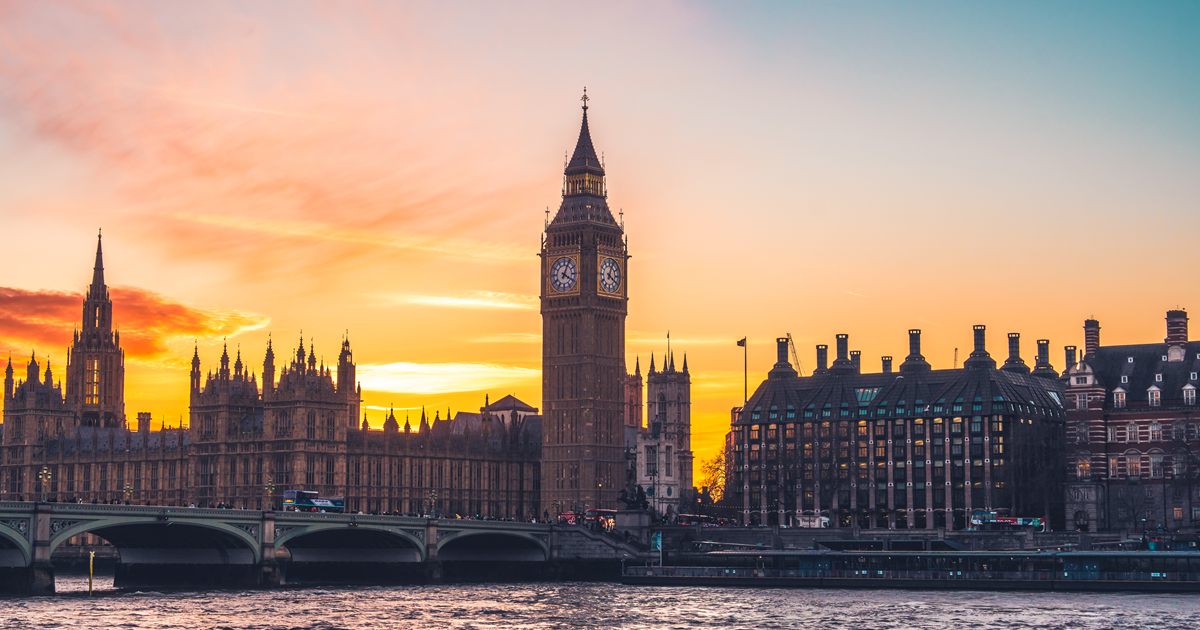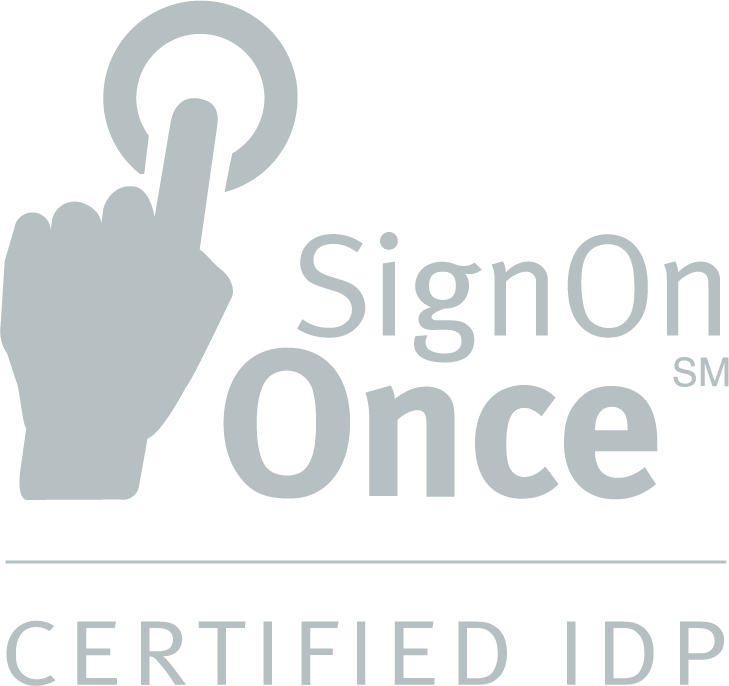Whether you’re an agent, an MGA, a carrier, or just someone with an insurance policy, you’ve probably heard of the name Lloyd’s of London. Be it for their extensive history or some of the more unique policies that have come out of their market, Lloyd’s has been a staple of the insurance industry for—quite literally—centuries.
In this blog, we’re going to take a closer look at Lloyd’s, clarifying their role in the industry and how they came to be the globally recognized name that they are today.
What is Lloyd’s of London?
Despite the name sounding more like a business, Lloyd’s of London is actually a marketplace for insurance and reinsurance. This market is composed of several parties, each with a unique role:
- Underwriting groups: Often referred to as “syndicates” these underwriters are diverse groups who work together to create policies for more than 200 lines of business.
- Managing agents: Managing agents oversee the syndicate groups, as well as carry out all other insurance activities on behalf of the Lloyd’s members. Think of them as the gatekeepers for the policies being written; they facilitate and bind the contracts being issued by various insurance companies.
- Coverholder: A coverholder is a company or entity authorized by a managing agent to enter into contracts as an extension of that agent. Think of a coverholder the same way you would think of an MGA in insurance, with unique but limited privileges in issuing policies, collecting premiums, and handling claims.
- Brokers: Playing the same role here as they do anywhere, brokers act as intermediaries between policyholders and the insurance companies that cover the risk.
It may seem a little confusing at first, but Lloyd’s is essentially a giant pool for insurance policies, where the primary goal is to combine experience and knowledge and produce accurate, affordable coverage across all types of business. They also have some new collaborative services with InsurTech companies, with the aim of bringing leading software solutions to the insurance industry as soon as possible. That brings us to the next question: How did it all start?
How did Lloyd’s of London start?
The Lloyd’s we know today actually began as Lloyd’s Coffee House in 1652 on Tower Street in London, owned by Edward Lloyd. It was popular with sailors, merchants, and ship-owners, and as a result began to serve as the central hub for maritime news. As that reputation grew, patrons started to place bets on the success or failure of various ships heading out to sea. In response, captains of said ships and their crews made bets in a similar manner, often betting on their own success and their competitor’s demise. This was, in essence, the start of the insurance business at Lloyd’s.
In 1691, a small group of insurance underwriters previously working at Lloyd’s moved their operations to Lombard Street and established a more formal business. They remained there until 1773, when the existing members moved again, this time to the famed Royal Exchange building. It was at this time that they also officially renamed themselves as “The Society of Lloyd’s” in honor of the original coffee house owner.
The Lloyd's group remained at their new home for the next 150 years, during which time they received solidification as a corporation through the UK Parliament’s passing of the Lloyd’s Act 1871. Originally, the act limited Lloyd’s to marine insurance but it was later expanded to include insurance with any description. Through the 20th century Lloyd’s was associated with many infamous disasters, including the 1906 earthquake in San Francisco and the sinking of the Titanic in 1912. Nevertheless, Lloyd’s continues to thrive and provide a market for insuring unique and diverse risk around the globe.
Who operates in the Lloyd’s of London market?
Now that you know how Lloyd’s came to be and the various entities that make up its market, we can take a deeper dive into who they are and how they work. Lloyd’s plays host to more than 50 leading insurance companies, 77 syndicates (the underwriter groups), 380 brokers and 3400 coverholders who, together, cover over 200 lines of business and gross nearly $62 billion in premiums.
Generally speaking, the entities involved in the Lloyd’s market are the same ones found across insurance—carriers, agents, MGAs—they just have different names. For example, coverholders act in the same capacity as Managing General Agents, and in fact, many MGAs operate in Lloyd’s as coverholders for syndicate groups. In that role, they are granted special privileges to act on behalf of the syndicates, the same way they would with carriers; binding policies, establishing payment, and assessing claims. With the need for specialized expertise, niche market presence, innovative technology solutions, and efficient operations, MGAs were practically born to be coverholders. Plus, with the global scale and broad licensing that Lloyd’s boasts, MGAs get access to a wide array of new business opportunities.
To tie our understanding together, let’s follow a hypothetical policy from creation to contract.
Step 1: Placing risk
Let’s say you’re a real estate mogul looking to expand into beach-front property in Florida. Given the occurrence of hurricanes and rising sea levels, you want to get good insurance on your properties that covers these perils. Your broker goes to the syndicate groups operating in the Lloyd’s of London market and explains your concerns and policy needs. Quick note: If your coverage needs were more unique, you may be working with a coverholder here, instead of a standard broker.
Step 2: Assessment
Your broker has approached syndicate groups working in the Lloyd’s marketplace with your policy needs. Now, those groups will evaluate the risks associated with your assets, in this case the beach-front properties. The syndicates will analyze the potential hazards associated with the properties to understand how likely and how significant a loss could be, which will ultimately influence the cost of the insurance coverage.
Step 3: Premiums
Once the syndicates have assessed your policy request, they calculate the premiums necessary to offset the risk, set the policy terms, and then propose the policy to the insurance carriers. Normally, at this stage your broker would help you select a single carrier, but with Lloyd’s, carriers can work together to share the risk. Regardless, if all parties involved agree, then the policy can move forward.
Step 4: Issuance
With the risk assessed, the premiums determined, and the policy terms agreed upon by all involved parties, the policy document can be issued, and coverage is bound.
What does Lloyd’s of London insure?
The answer to that is, essentially, anything. Due to the unique nature of Lloyd’s market, risks can be assessed across a variety of industries and assets, resulting in unique and, sometimes, bizarre policies. At present, the Lloyd’s market insures people, businesses, and communities in more than 200 countries and territories, and they’ve maintained an extensive portfolio of coverage options throughout their history.
Beyond what might be considered standard insurance lines, Lloyd’s develops policies for directors and officers of Fortune 500 companies, fine art and memorabilia, livestock, nuclear energy, space, and most importantly, yachts.
Nestled in their long, rich history as a marketplace are a collection of eye-catching policies with impressive coverage amounts. We’ve collected some of the best, like:
- David Beckham’s legs: The famed soccer star was once the highest paid athlete in the world and arguably one of the most famous faces. However, it was his legs that drew a $50 million policy in 2006, one of the largest in sports history.
- Costa Coffee’s taster’s tongue: The global coffee market is valued at more than $220 billion, so it makes sense that Costa would want to secure their top taster’s tool. This policy, written for Master of Coffee Gennaro Pelliccia, was issued in 2009 with nearly $14 million in coverage. It wasn’t the first time Lloyd’s had ventured into the tasting market either; wine sommeliers have insured their noses and palettes for decades.
- Santa Claus’ beard: While unfortunately not the real thing, Brady White was famously dubbed “the ultimate Santa” during his career as the jolly Christmas icon. At the height of his popularity in the 1990s, White had his famous facial hair insured by Lloyd’s for an undisclosed amount.
There’s an endless list that includes musicians’ voices, guitarists’ hands, a comedy routine, celebrity smiles, an athlete’s hairstyle, and more. While some of these policies stray from the more common assets, they demonstrate the extent of expertise that Lloyd’s market boasts through its complex underwriting network.
For insurance agencies, carriers, or MGA professionals, the right technology can make all the difference. Vertafore has been the leader in modern insurance technology, delivering best-in-class InsurTech solutions that connect every point of the insurance distribution channel for over 55 years. Explore what’s possible with Vertafore.


